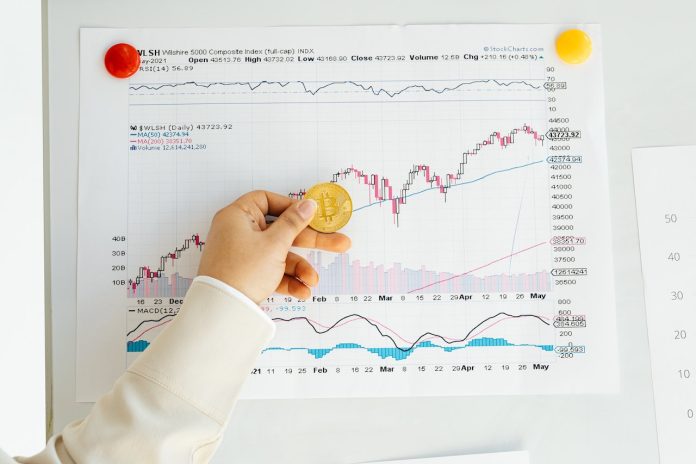
Several factors contribute to an asset’s intrinsic value. These factors include quantitative, qualitative, and perceptual factors. These factors are discussed in this article.
Quantitative factors
Table of Contents
Several factors are considered when calculating the intrinsic value of a stock or an asset. These factors include tangible and intangible factors, as well as the management of the company. Some of these factors include customer base, goodwill, intellectual capital, and orders on hand.
The quantitative approach is used to evaluate the relationship between the price of a stock and the intrinsic value. It involves the use of complex mathematical models that calculate intrinsic value based on a variety of assumptions. It also concentrates on cash flows and balance sheets.
The qualitative approach, on the other hand, looks at factors that are characteristic of a company. Some of these factors include the quality of the management, the customer base, and the performance of the company. However, the qualitative approach is more subjective. An investor who relies on the quantitative approach will have a different risk perception.
Some of the quantitative “value” studies use poor out-of-sample data to evaluate factors. The studies also rely on a look-ahead bias, which guides variable selection.
Qualitative factors
Basically, intrinsic value is the probable value of an asset. It can be calculated in several different ways. The most common is through the discounted cash flow method. This method uses the time value of money to calculate the intrinsic value of an asset.
There are also a number of qualitative factors that contribute to an asset’s intrinsic value. These factors include management quality, goodwill, and a company’s customer base. Some of these factors are also quantitative, such as the ratio of gross margin to sales.
A number of valuation models include both quantitative and qualitative factors. A good example is the Gordon Growth Model. The model uses assumptions about the future performance of a company to assess its ability to generate cash flows. The model also accounts for dividends paid to shareholders.
Another example is the dividend discount model. This model assumes that the company’s earnings are stable over time and that dividends will be distributed to shareholders. It also considers the quality of management and the quality of the company’s products.
Stock price oscillates around intrinsic value
Using intrinsic value to identify stock investment opportunities is a smart approach. The value of a stock is based on the company’s assets and future cash flows. This is an objective value, meaning it is not affected by the actions of investors.
For example, if Stock P is trading at Rs 55 and its intrinsic value is Rs 60, it may be time to buy. However, the stock price may be too high, meaning it is overvalued. You can calculate the price to earnings ratio to determine whether the stock price is high or low.
Another reason why a stock may be overvalued is if investors discount the potential factors that might influence the company’s growth in the future. For example, if a company is announcing a new hotel project, this might cause the stock price to increase. However, this is a short-term disruption, and it is likely that the price will return to the intrinsic value at some point.
On the other hand, a company with good cash flow opportunities could trade at a lower price than its intrinsic value. For example, if the company had been growing earnings at 15% for the last 12 months, and the company has a P/E of 29. This would indicate that the value of the stock is $117.
Source: https://www.coralgold.com/bgasc-review/














